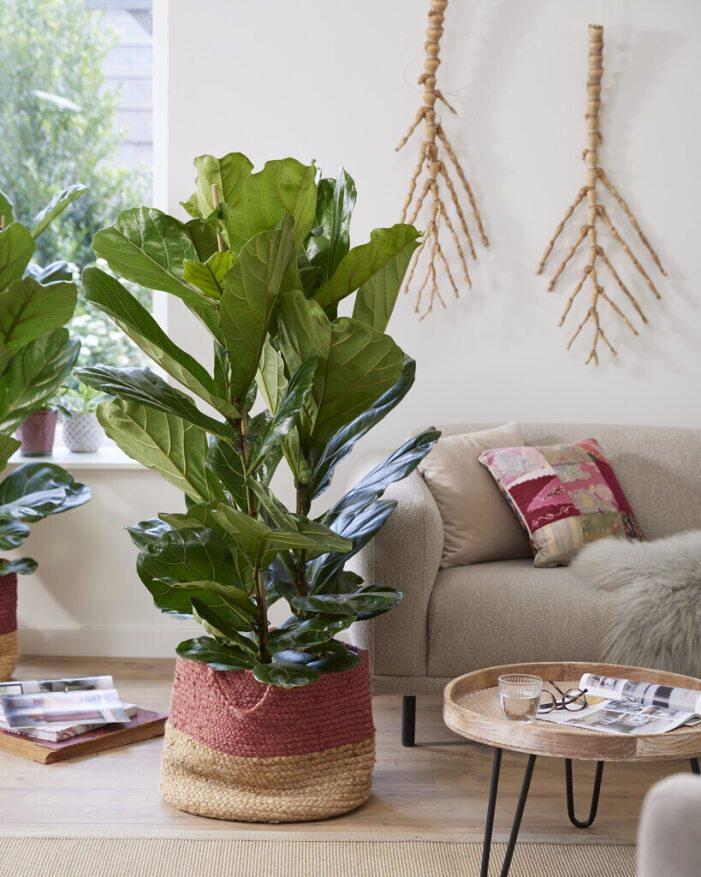Introduction
In a world that is becoming increasingly focused on technology and urbanization, the need for a piece of nature in the home is greater than ever. Houseplants not only offer aesthetic benefits, but also contribute to better health and well-being. In this blog post, we delve into the benefits of houseplants and give tips on how to best care for them.
The benefits of houseplants
1. Air purification
Houseplants such as ferns, sansevieria (mother-in-law's sharp tongue) and the popular pilea (money plant) have the capacity to purify the air. They absorb harmful substances such as formaldehyde, benzene and trichlorethylene from the air and release oxygen. This makes them ideal for people living in urban areas or in houses with poor ventilation.
2. Improvement of Mental Health
Research has shown that tending to plants can reduce stress and improve mood. The process of watering, pruning and observing how your plants grow has a calming effect and can promote feelings of contentment and happiness.
3. Increased Productivity
Adding plants to your workspace can increase your productivity and creativity. Studies suggest that a green environment leads to better concentration and increased work performance. Try placing plants like ficus or ivy on your desk for a greener and more productive work environment.
4. Natural Decoration
Houseplants are a great way to spice up your decor. Whether you choose a large monstera in the corner of the room or a row of small succulents on the windowsill, plants add color, texture and life to any room.
Tips for Caring for Houseplants
1. Light requirements
Each plant has its own light needs. Some plants thrive in direct sunlight, while others do better in indirect light or even shade. Always read the label on the plant or do some research to understand what your plant needs.
2. Watering
It is one of the most common mistakes: too much or too little watering. Most houseplants need an evenly moist soil, but the soil must be able to dry out between waterings. Use pots with drainage holes to avoid root rot.
3. Nutrition
Feed your plants regularly, especially during the growing season (spring and summer). Use a liquid fertilizer suitable for houseplants and follow the instructions on the package for the correct dosage.
4. Transplantation
Plants grow and sometimes they need more space. Repot your plants every 1-2 years to ensure they have enough room to grow and stay healthy. Choose a pot that is approximately 2-3 cm larger in diameter than the current pot.
Conclusion
Houseplants are much more than just decoration; they are an investment in your health and well-being. By choosing the right plants and taking good care of them, you can enjoy the many benefits they offer. So why not start today by adding some greenery to your home?

